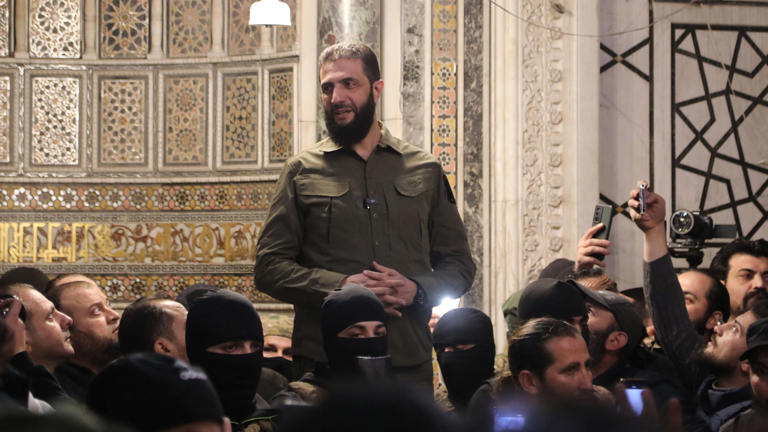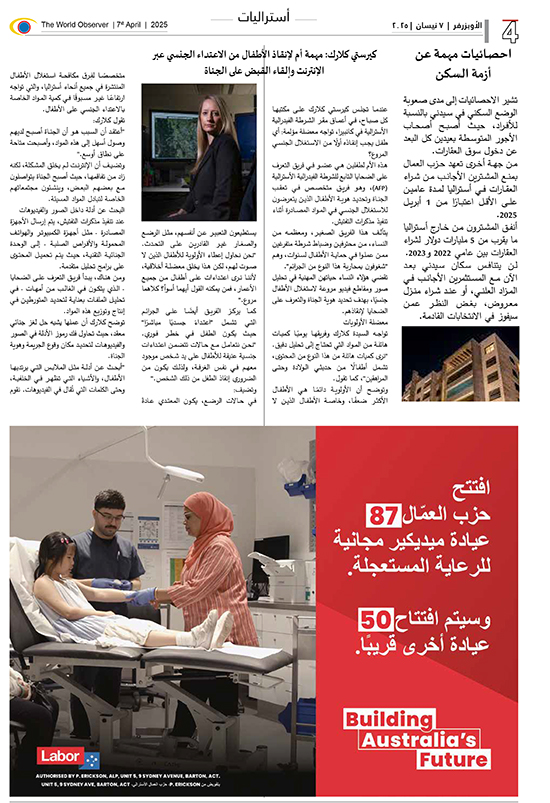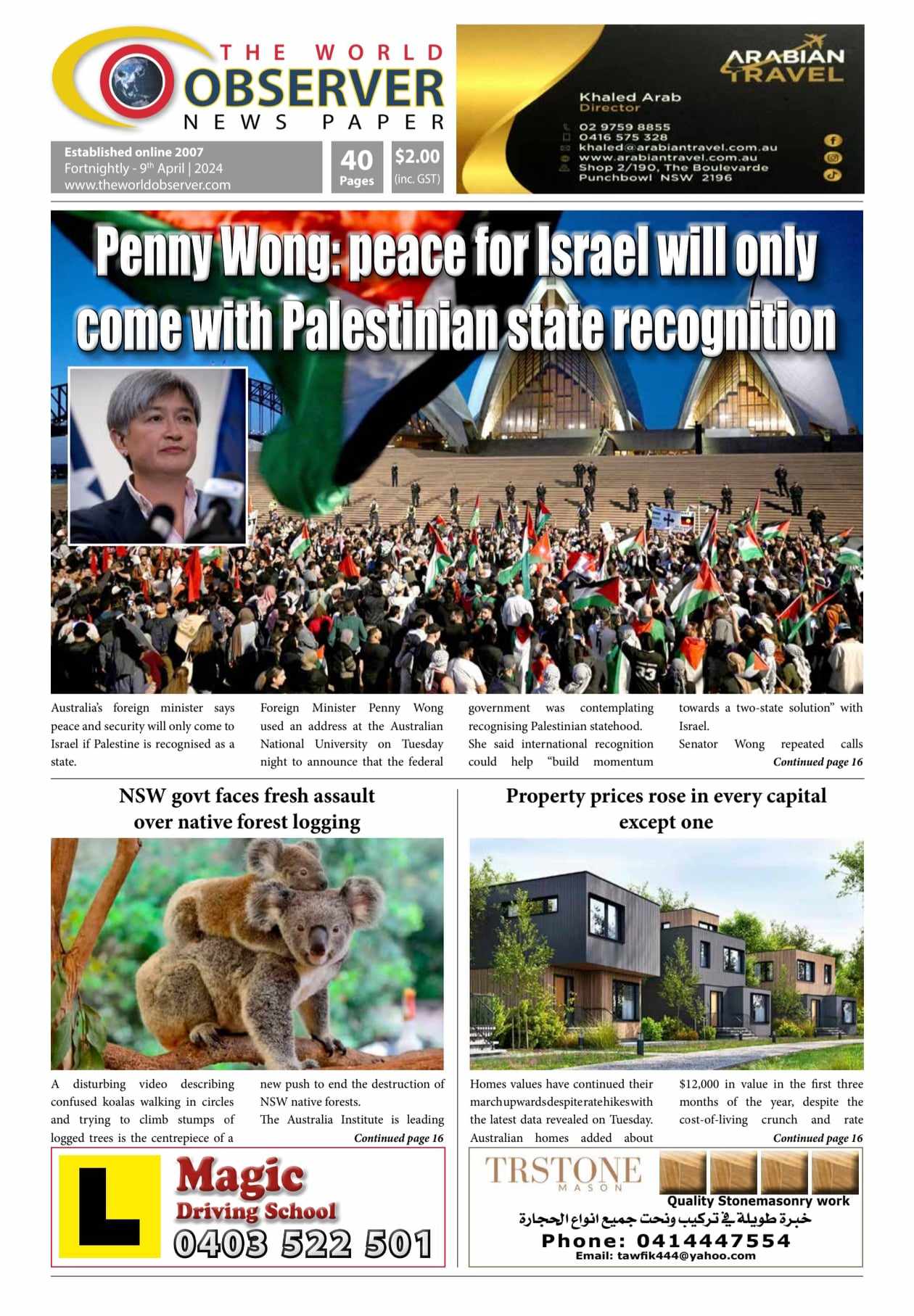
Tensions have emerged between Syria’s new Hayat Tahrir Al Sham (HTS) rulers and other rebels, sources told The National on Thursday. The cracks could undermine a transition to a new government after the rebels brought down the dictatorship of Bashar Al Assad.
The Assad regime, which was dominated by the Alawite minority who ruled Sunni-majority Syria for six decades, collapsed after HTS swept through Syria’s main urban centres on a march south from Turkey in the last two weeks. HTS is an Al Qaeda offshoot listed as a terrorist group by the US.
The fall of Assad has undermined a grand strategy by Iran and Russia to expand in the Levant. Their interventions have cost them billions of dollars but yielded no long-term return. Now, Syria’s de facto leader is HTS commander Ahmad Al Shara, a Sunni aligned with Turkey. He is ideologically opposed to Tehran’s Shiite clerical rulers and its main proxy, the Lebanese armed group Hezbollah.
But it was a pack of southern rebels from the governorate of Deraa, near the border with Jordan, who entered Damascus first as the regime fell on Sunday. They met with Mr Al Shara in the capital on Wednesday and asked him to keep away from the south but received no assurances, two Syrian military sources briefed on the meeting told The National. “He replied that he is building a state, meaning that they have to fall under his control or else,” one of the sources said.
The main rebel group in the south is known as the Eighth Division, led by Ahmad Al Odeh, who has good ties with Jordan and a reputation for pragmatism. An HTS takeover of the south would put its militant fighters on the border with Jordan. Three years ago Amman joined other Arab countries in ending hostilities with Mr Al Assad after Iranian-backed militias deployed on the Syria-Jordan border, posing a security threat to the kingdom.






































 The World Observer Media produces a daily online newspaper, a daily Arabic online newspaper and a monthly printed Arabic/English magazine and a weekly printed Arabic/English newspaper.
The World Observer Media’s mission is to entertain and educate all generation from the Ethnic Communities in Australia, who are interested in local, national and foreign information.
The World Observer Media produces a daily online newspaper, a daily Arabic online newspaper and a monthly printed Arabic/English magazine and a weekly printed Arabic/English newspaper.
The World Observer Media’s mission is to entertain and educate all generation from the Ethnic Communities in Australia, who are interested in local, national and foreign information. 


